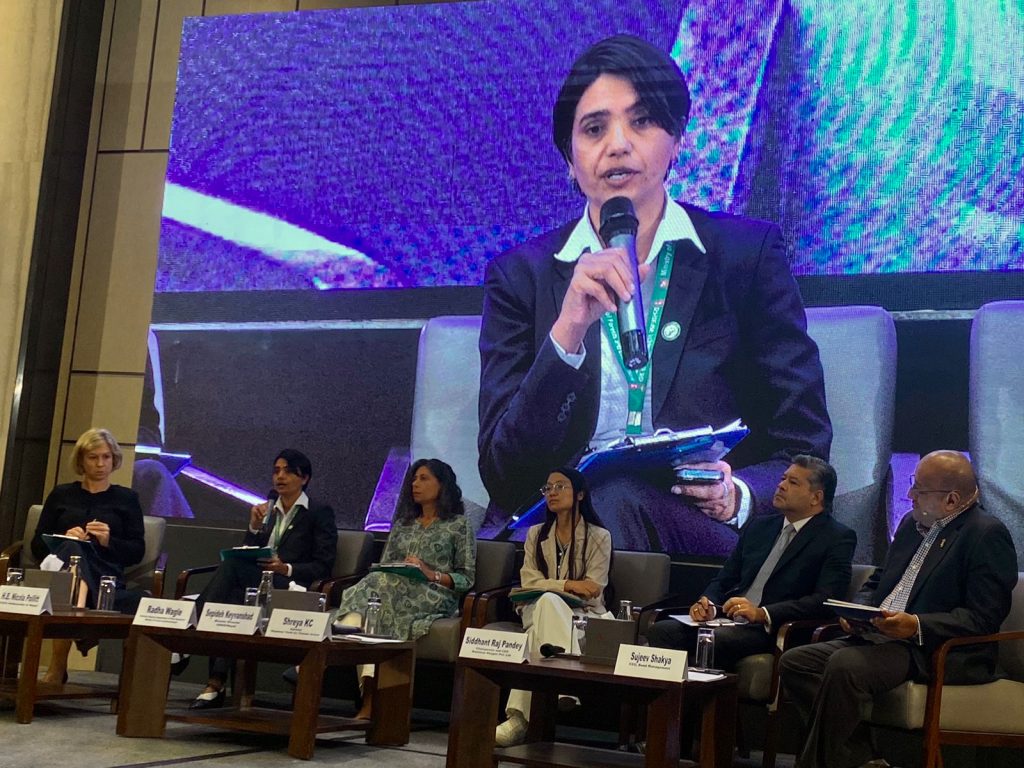KATHMANDU: Integrating Climate Change into Nepal’s Development Strategy Key to Build Resilience, Says New World Bank Group Report
Kathmandu, September 15, 2022 – The World Bank Group’s Country Climate and Development Report for Nepal underscores the urgency of building resilience to climate change and recommends policies and investments for integrated climate and development solutions for green, resilient, and inclusive development.
Nepal’s supply chains, farmers, and urban dwellers are already facing devastating climate impacts such as landslides, droughts, and flooding. Without concerted steps to shore up resilience, future climate hazards will threaten the country’s long-term development. Climate variability is already a major driver of food insecurity and poverty in Nepal, with increased flooding and heat stress seen in the southern regions, while the north experiences increased landslides, water stress, and glacial lake overflow. The report states that Nepal’s GDP could be at least 7 percent smaller by 2050 due to unchecked climate impacts.
As Nepal’s economy grows, it also needs to address its greenhouse gas and air pollution emissions. While the country is a negligible contributor to climate change – producing 0.1 percent of total global greenhouse gas emissions – the country’s emission rate is growing rapidly. Nepal also has one of the highest levels of air pollution in the world, with emissions from transport, biomass burning, and industrial activities significantly impacting health and productivity.
“With increased evidence of more severe climate change impacts, Nepal stands at a critical juncture to embark on a path for recovery and growth that is more sustainable, more inclusive, and more resilient to future shocks,” said World Bank Vice President for South Asia Martin Raiser. “The good news is that the country’s notable successes in community forestry and hydropower investments are a strong foundation for future climate-smart growth.”
Nepal has pledged to achieve net zero emissions by 2045 and to significantly scale up hydropower investment in the coming decade. In 2021, Nepal adopted the Green, Resilient and Inclusive Development (GRID) approach as a national vision to guide long-term green growth and build resilience to climate and other shocks that are barriers to Nepal’s development ambitions. Under Nepal’s federal structure, the local governments are placed at the center of climate resilience and development efforts with extensive implementation responsibilities and play a crucial role in translating the GRID strategy into action.
To help Nepal achieve its development goals while implementing its climate commitments, the report proposes actions on two fronts: building resilience to climate impacts and pursuing public and private investments in low-carbon solutions, notably hydropower and its export. The report also highlights that women, indigenous people, and other marginalized groups are often excluded from mainstream development and suffer from cumulative and cascading impacts of climate change and disasters.

